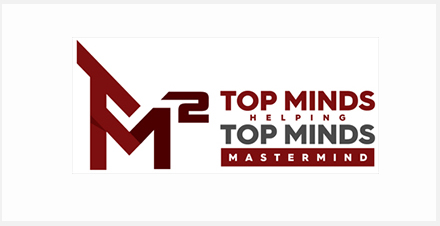Growing up fairly poor during China’s Cultural Revolution in the 60s and 70s, Jack Ma likely did not think that he would eventually start one of the largest companies in the world. Considering the fact that he failed his first and second college entrance exams by a wide margin, few people in his life would have predicted such a grand future for him either. After finally passing the entrance exam and graduating with a degree in English, Jack Ma applied to dozens of companies but could only find work as an English teacher, and his business prospects appeared dim.
Nonetheless, in 1999, Jack Ma launched Alibaba, an e-commerce giant that has grown to stand beside companies such as Amazon, eBay, Meituan, and Shopify. So, how did an English teacher with a humble upbringing and little early success come to dominate the business landscape? In short, Jack Ma firmly stuck to a handful of important values that helped him increase productivity. High productivity is integral to any entrepreneur’s success. Therefore, if you want your business to do as well as Alibaba, then you need to take a look at this quick overview of three of Jack Ma’s most useful productivity secrets.
Emphasis on Goals
Jack Ma asserts that an organization’s culture must center on goals over individuals. Building a cult of personality around a particular executive or manager likely will not increase productivity. Employees shouldn’t toil to please their manager or the CEO. Instead, everyone in the organization needs the autonomy and resources necessary to pursue clear organizational goals with little managerial interference.
Inclusion
Women make up roughly 50% of the global population. However, in China and most other countries, men have always held the overwhelming majority of important leadership roles. Jack Ma recognized that a male-dominated culture only limited his organizations’ growth prospects, so he helped women ascend to key roles in Alibaba so that they could propel the brand forward with their useful skills, unique experience, and valuable insights.
Considering Alibaba’s lightning-fast growth over the past two decades, Jack Ma must have been onto something. When a company’s demographics skew heavily towards one group, the organization misses out on talented individuals and useful points of view that drive productivity and innovation. Inclusive hiring practices aren’t only fair, but they’re also vital for any organization’s long-term success.
Willingness To Learn From Competitors
Many entrepreneurs enter the business world with the notion that they are somehow special. In turn, they perceive their competitors’ strategies as inherently inferior to their own, but this is a flawed way of thinking. Jack Ma always knew to emulate the strategies that worked for his competitors, and he never thought that he was too good to occasionally follow in someone else’s footsteps. A thought or idea isn’t any more meritorious just because it’s original, so if you want greater productivity, then you need to dissect your competitors’ successes and incorporate their best insights into your organization’s operational framework.
Boost Productivity With Jack Ma’s Values
Jack Ma lived through times of tumultuous change and worked tirelessly to eventually rise to monumental heights in the global e-commerce landscape. Despite his humble origins and early career struggles, Jack Ma persevered, and he has his humility, goal-centered mindset, and inclusive values to thank for his success. This man is one of the greatest examples of the ideal entrepreneur, and seeing the incredible prosperity of Alibaba, any entrepreneur who wants to increase productivity and reach greater heights would be wise to take inspiration from Jack Ma’s leadership style.















